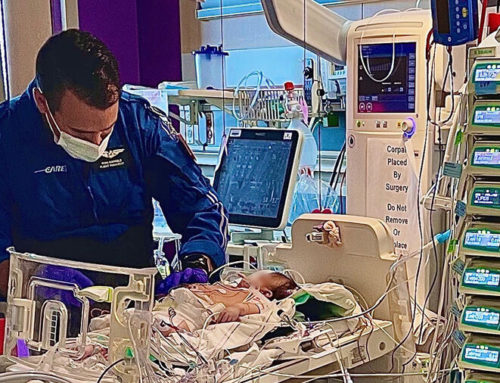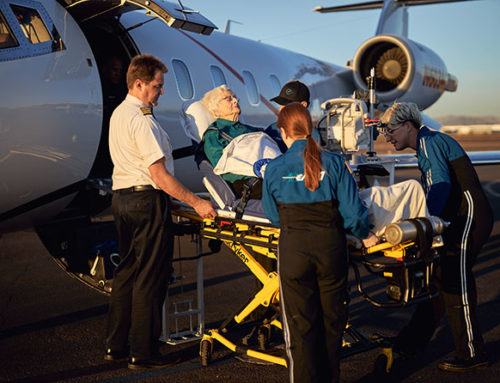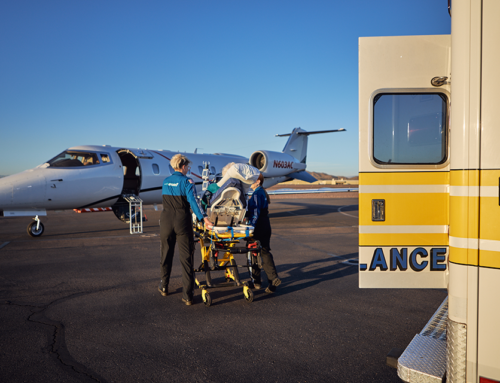Whenever you are transporting a seriously ill patient from one medical institution to another whether within the same city, or between different states, countries and continents, the most important thing to consider is the safety and comfort of the patient as well as the time it will take to get them to the health care facility.
Using an air ambulance is one of the fastest forms of patient transport and more so when a significant distance needs to be covered quickly or if road traffic would delay the time it would take for a road ambulance to get the patient to the hospital. But not all air ambulance service providers are the same – before determining which company to use, you must look at their procedures around in-flight patient care, safety, medical liability and the cost of the services provided.
Of all key procedures that an air ambulance firm has, their policy and practice around In-flight care is one of the most important things to look at especially when handling very ill and delicate patients. Such patients need constant monitoring and care so that their condition may remain stable until they reach the destination hospital. In flight care must not only incorporate the appropriate medical equipment to make sure this happens but must also have well trained medical attendants on board to check on the patient throughout the flight.
An air ambulance is not an ordinary aircraft – how the pilot flies the plane must therefore be different from a conventional passenger plane with the pilot taking great care to make sure the patient is not jolted unnecessarily.
There are a number of things you need to do when contacting an air ambulance company. Read over the following, and research any information that you do not know off the top of your head:
- Provide details on the level of transportation required – You would do this by liaising with the flight coordinator to agree on the dates and times you want to move the patient and the mode of transportation required on the ground from the plane to the hospital.
- Furnish the air ambulance firm with the details of the patient being transported. This will include basic information such as their name, age, brief medical history, the patient’s current diagnosis, the patient’s current location and the destination facility.
- The patient’s passport details would also be required if the air ambulance must make an intercontinental flights. The air ambulance company will also need the details of any family member that will accompany the patient on the flight.
The company should then provide you with a quote that factors not just the flight but also includes ground transportation, pick-up and drop-off details and any landing fees required at the destination.
Once you have the quote, agree on a means of payment. If the patient has medical insurance that can cover the cost of the evacuation, then this is the point where such would be discussed and, if necessary, clearance sought from the insurance company.
With payment means out of the way, the air ambulance will send you a copy of the flight schedule which will include all the departure and arrival details as well as the duration of the flight.



